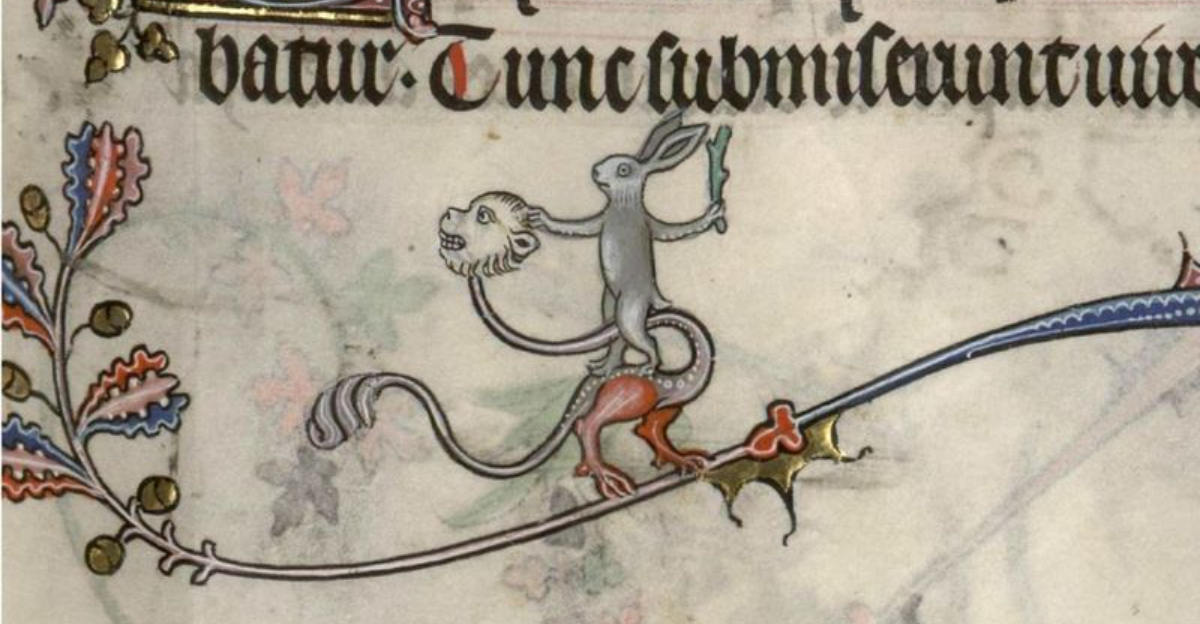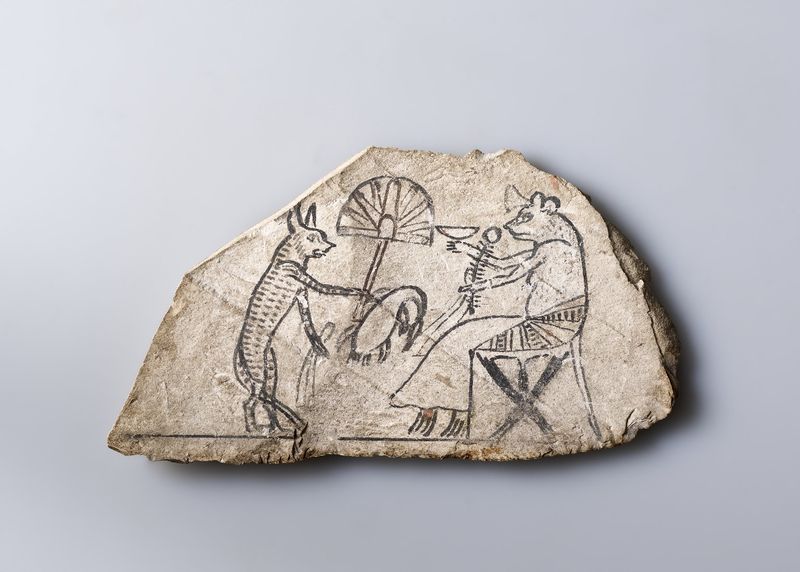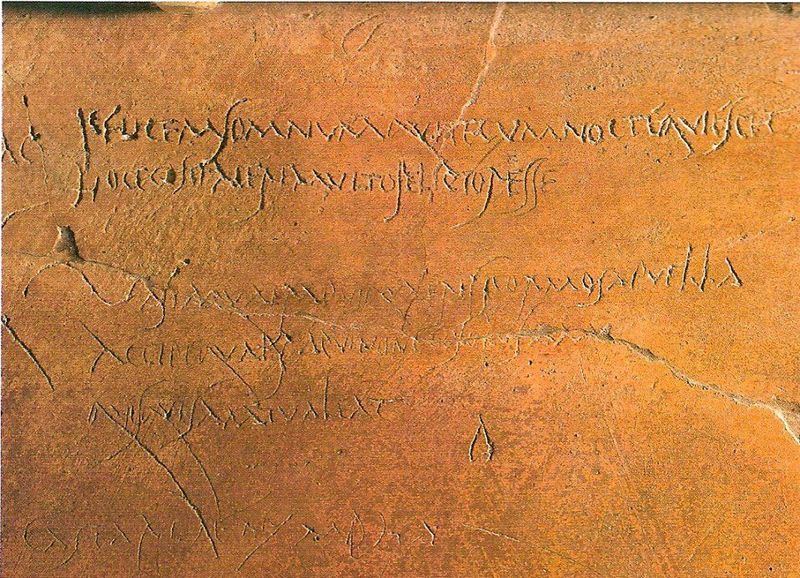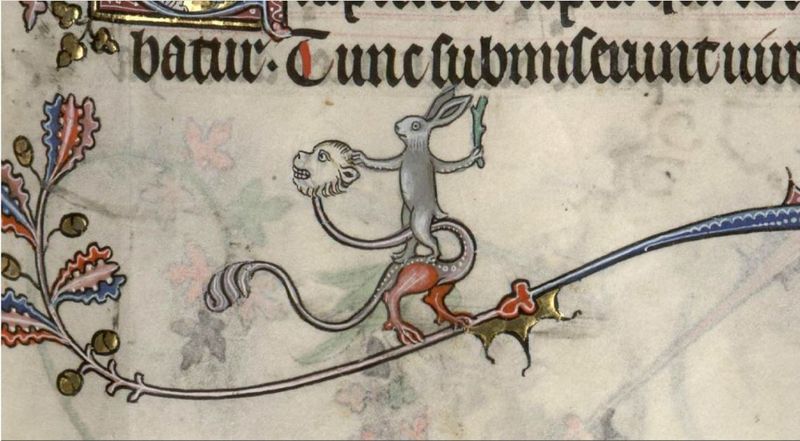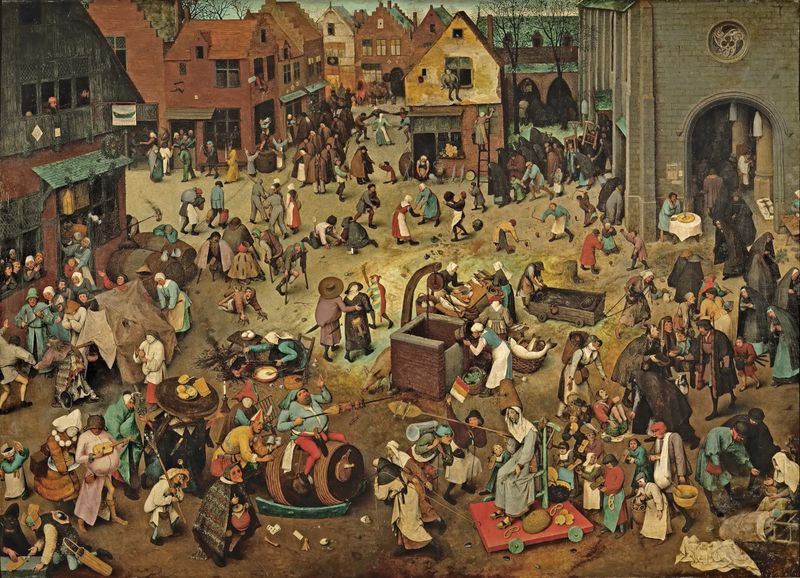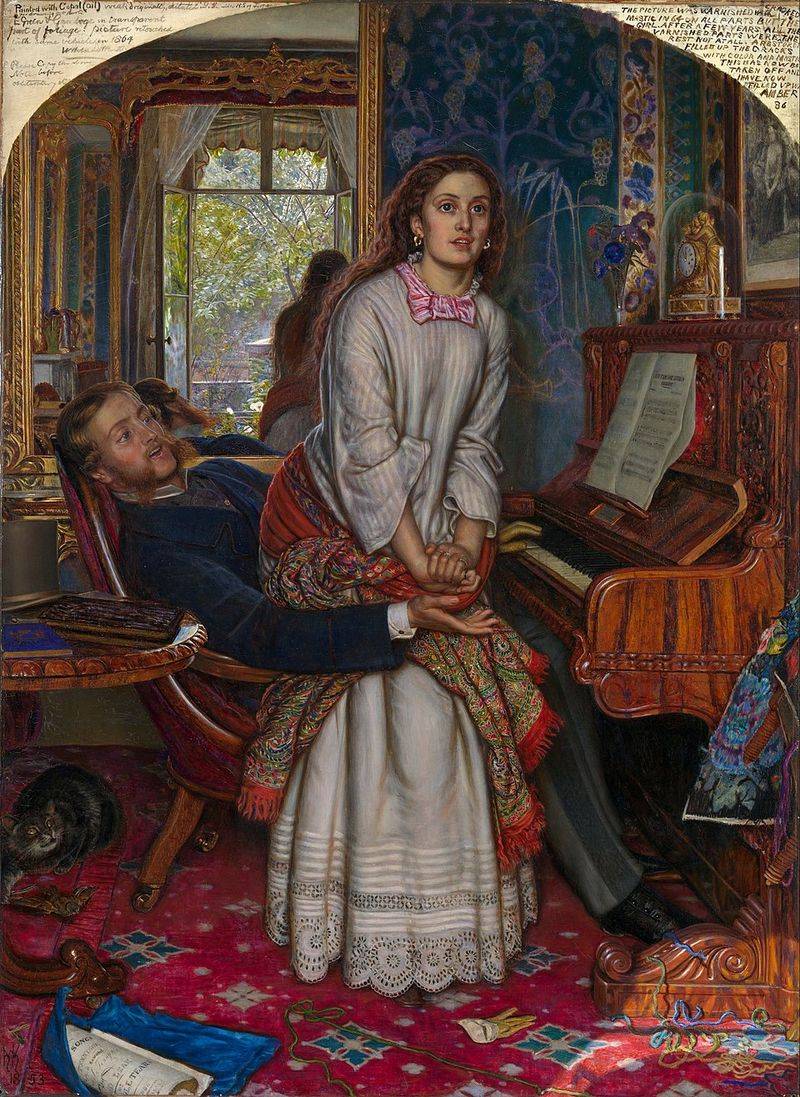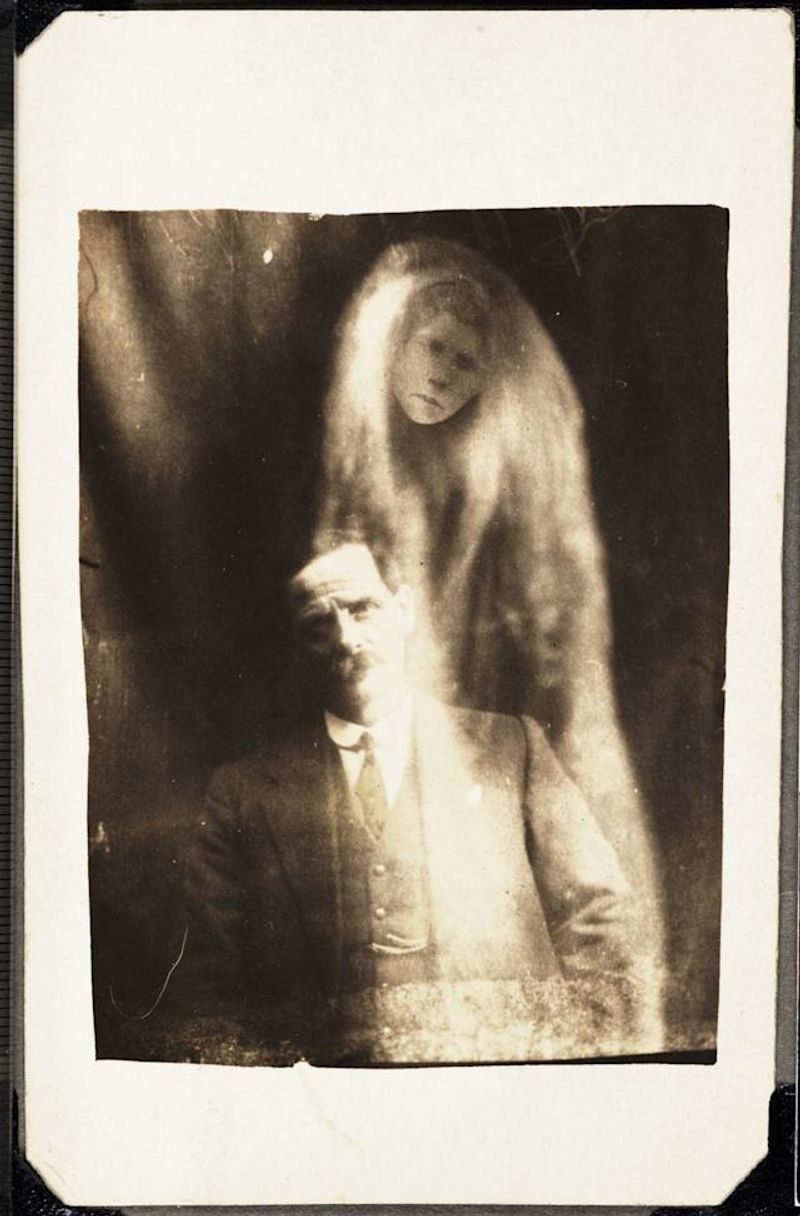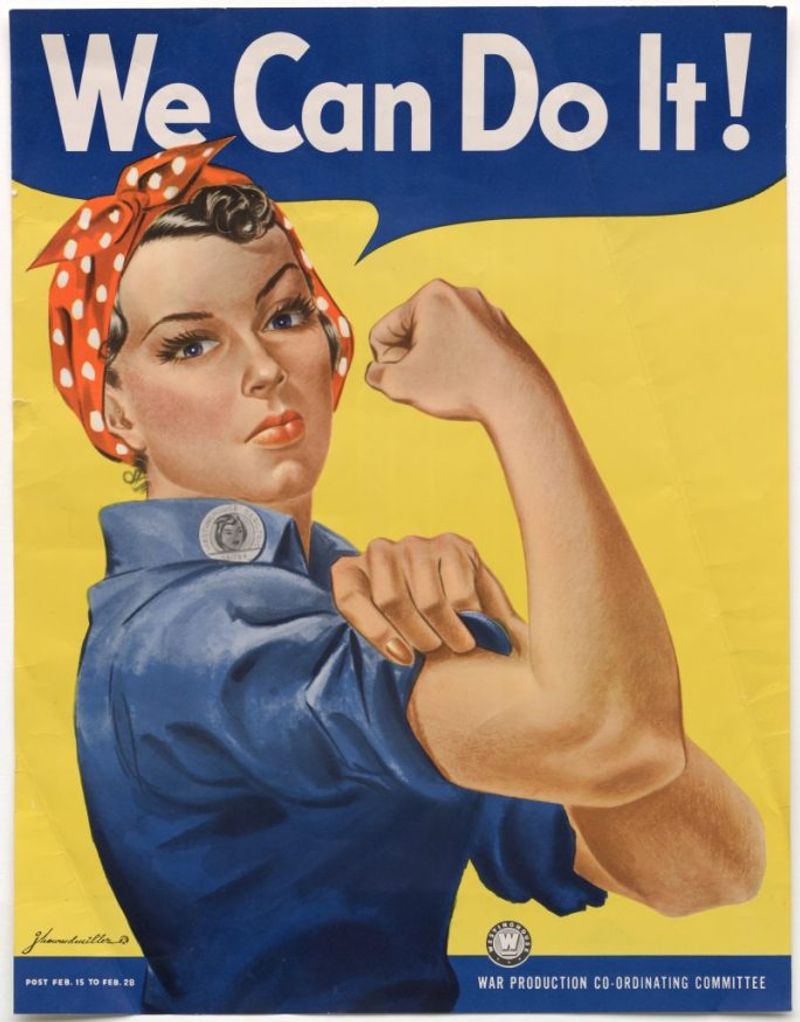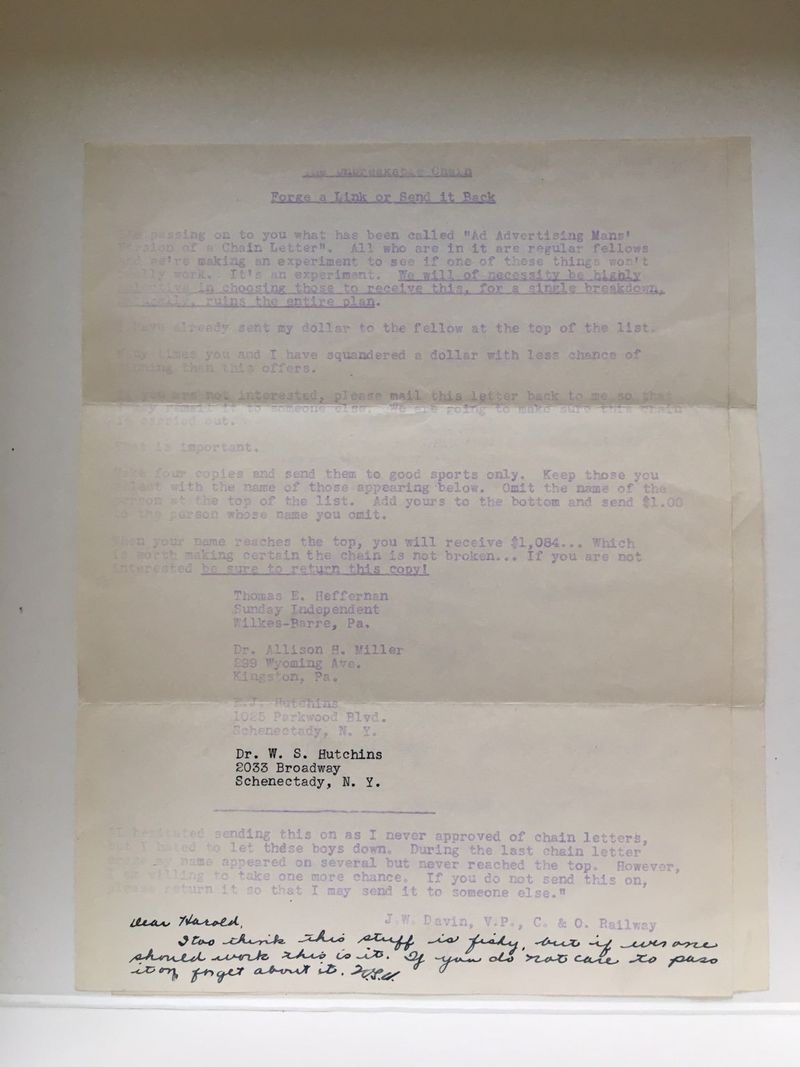Memes are not just a modern-day phenomenon. They have been a part of human history for centuries, capturing the essence of society’s humorous, satirical, and critical sides. Explore these ancient forms of memes that predate the internet era, revealing the timeless nature of humor and commentary across different cultures and eras.
1. Ancient Egyptian Caricatures (≈ 1200 BCE)
In the bustling world of ancient Egypt, even pharaohs weren’t immune to satire. On tomb walls in Deir el-Medina, laborers expressed humor by painting caricatures where animals ruled over human affairs. Imagine a lion donning a judge’s robe while a mouse plays the role of an attorney. These whimsical depictions poke fun at authority, hinting at an ancient form of resistance. The irreverence displayed in these images speaks volumes about the workers’ perspectives and challenges. Such visual humor foreshadows the memes we enjoy today, capturing societal sentiments in an artistic manner.
2. Roman Graffiti in Pompeii (≈ 1st Century CE)
Wander through the ancient streets of Pompeii and you’ll encounter the Roman equivalent of bathroom graffiti. From cheeky remarks to outright insults, these scribbles provide a window into everyday Roman humor. Among the volcanic ash-preserved ruins, messages like “Secundus defecated here” and “I screwed the barmaid” echo loudly. It’s a testament to the enduring nature of human expression, where humor, vulgarity, and personal boasts intertwine. These inscriptions offer a candid glimpse into the social dynamics and cheeky interactions of Roman life, long before the age of digital memes.
3. Medieval Marginalia (≈ 12th–15th Century)
Within the hallowed halls of medieval scriptoria, monks engaged in more than scripture copying. They doodled fantastical images known as marginalia, where rabbits attacked knights and snails waged epic battles. These imaginative illustrations brought whimsy to sacred texts, revealing that even monks had playful spirits. Such marginalia, filled with humor and absurdity, offer an alternative narrative to solemn religious works. Whether it’s a naked bishop playing a flute or a daring bunny leading the charge, these images amuse and remind us of the enduring power of wit in the face of solemnity.
4. The “This is Fine” Dog… in 1569?
Long before the internet’s “This is Fine” dog, Pieter Bruegel the Elder painted a scene of serene chaos. In “The Fight Between Carnival and Lent,” a man sits unperturbed as madness unfolds around him. This early meme captures the absurdity of maintaining composure amidst pandemonium. Bruegel’s work mirrors our modern fascination with finding humor in dire situations. The painting’s layers reveal a cultural commentary on human resilience and folly, resonating across centuries. This timeless depiction of chaotic calmness remains relevant, echoing through today’s meme culture.
5. The “Distracted Boyfriend” Painting (1854)
In 1854, long before memes went viral, William Holman Hunt painted a scene capturing the essence of distracted infidelity. “The Awakening Conscience” features a man caught in the allure of another, much like today’s “Distracted Boyfriend” meme. The painting’s poignant narrative reveals the timeless nature of human distraction and relationships. Hunt’s careful attention to detail and emotional depth speaks volumes about societal norms and private struggles. This early portrayal of longing and betrayal continues to resonate, reminding us that some themes are universal and timeless.
6. Victorian “Photo Fails” (1800s)
Step into the world of Victorian photography where unexpected quirks created memes before memes existed. Double exposures turned portraits into ghostly apparitions, blurring the line between reality and the supernatural. Families posed stiffly, only to end up with awkward, often humorous results. These “photo fails” capture both the charm and challenges of early photography. They reveal the Victorian fascination with technology and the occasional mishaps it produced, offering a humorous look at an era striving for perfection yet delightfully flawed.
7. WWI & WWII Propaganda Memes (1910s–1940s)
In the throes of global conflict, propaganda posters emerged as powerful visual memes influencing public sentiment during WWI and WWII. Iconic images like Uncle Sam’s pointing finger and Rosie the Riveter’s defiant pose communicated compelling narratives. These posters wielded emotional appeals, urging citizens to rally for their nations. The simplicity and effectiveness of these images underscore their meme-like quality, resonating well beyond their era. They encapsulate the intersection of art and persuasion, reflecting the resilience and unity demanded through times of adversity.
8. The First “Viral” Chain Letter (1935)
Before the internet’s chain emails, there existed the original viral sensation: the chain letter. In 1935, people received typed notes promising luck or misfortune dependent on forwarding. “Break the chain, and suffer bad luck,” they warned. These letters spread rapidly, tapping into superstitions and social networks. The concept of viral content predates digital platforms, proving the potency of shared narratives. The allure of these letters lay in their psychological manipulation, playing on fears and desires – a precursor to the online phenomena we recognize today.
